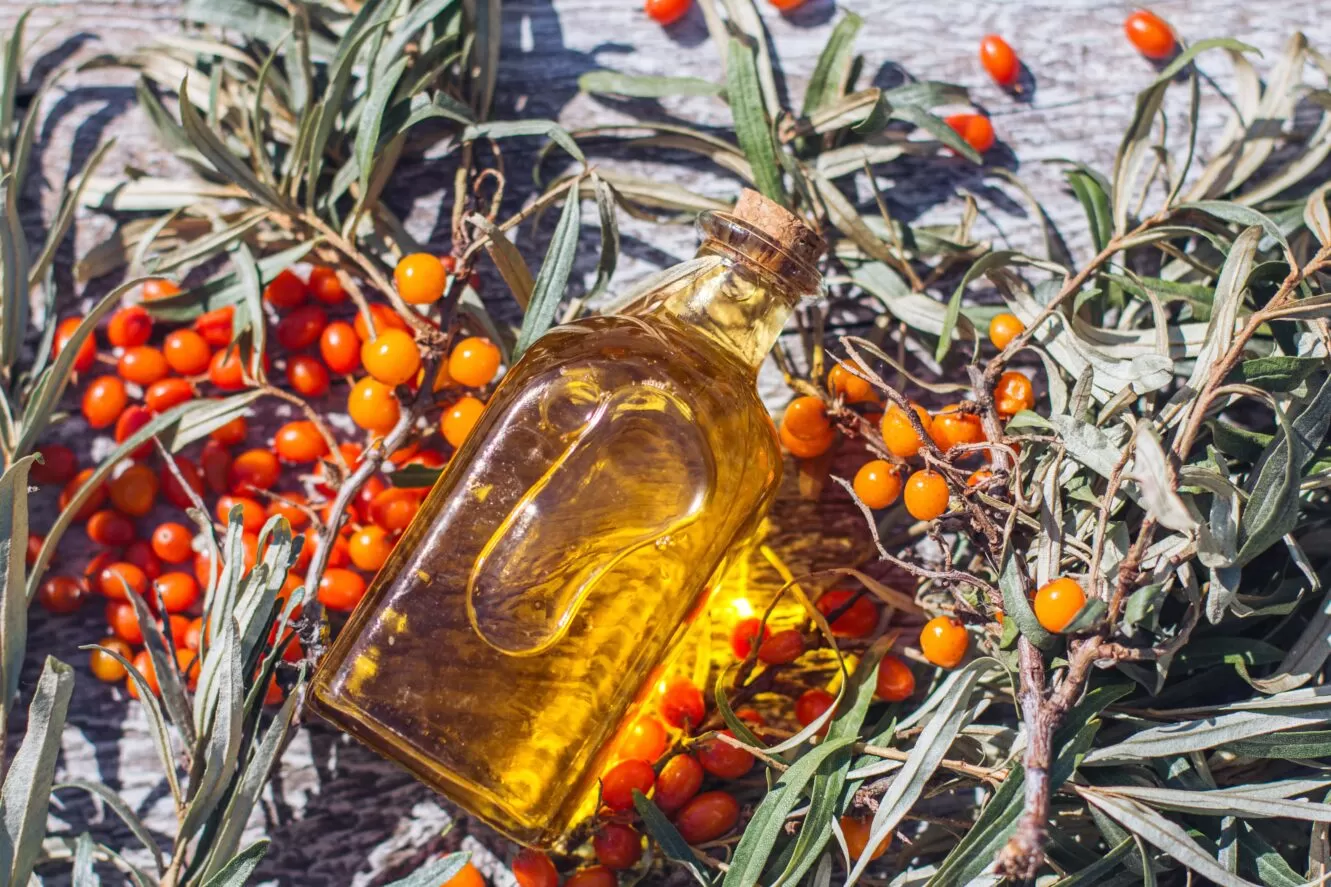- 0086-571-85302990
- sales@greenskybio.com
Why is sea buckthorn expensive?
2025-04-07
Sea buckthorn, a small, bright orange berry encapsulating a powerhouse of nutrients, has gained popularity in recent years as a sought-after component in health foods and skincare products. Known variously as the "holy fruit of the Himalayas" or the "miracle berry," its prominence is reflected in its market price, which often surpasses that of other superfoods. Understanding why sea buckthorn is expensive involves delving into its cultivation challenges, nutritional wealth, demand dynamics, and the complexities of its harvest and supply chain.
Native to Europe and Asia, sea buckthorn thrives in harsh climates and mountainous regions, often found growing wild in the clutches of rugged terrains. The high-altitude environments and coastal areas where it prospers play a role in the cost equation. The adaptability of sea buckthorn to tough growing conditions highlights its resilience, yet its cultivation under commercial farming conditions presents several challenges. These challenges not only demand more resources but also elevate the price consumers ultimately pay at market.
Cultivation Complexities:
The first factor contributing to the expense of sea buckthorn is the cultivation process itself. Growing sea buckthorn commercially requires careful selection of growing sites and practices. The shrub is dioecious, meaning male and female plants are necessary to produce fruit, which complicates planting and increases labor costs. Farmers need to ensure a proper ratio of male to female plants, which adds complexity to the farming process.
Additionally, the plant's preference for arid, unyielding soils, combined with its requirement for ample sunlight and adequate but not excessive water, makes it labor-intensive to cultivate. This necessitates specific environmental conditions, limiting where and how it can be effectively farmed. As a result, productive sea buckthorn cultivation demands significant expertise and management to optimize yields, factors that contribute to its elevated market price.
Harvest Difficulties:
Harvesting sea buckthorn is particularly arduous due to the berry's physical characteristics. The berries grow densely on thorn-filled branches, necessitating meticulous and careful hand-picking. The presence of large, sharp thorns makes mechanical harvesting infeasible, thus increasing labor costs and slowing the harvesting process.
Because the berries are also exceptionally delicate and prone to damage, they require gentle handling to avoid spoilage, which further complicates the harvesting operations. The optimal harvest period is also brief, adding time constraints and urgency that often require additional labor forces, especially during peak harvest times.
Nutritional and Medicinal Value:
The high cost of sea buckthorn is not solely a result of cultivation and harvesting challenges; it is also influenced strongly by the berry's nutritional profile. Sea buckthorn berries are exceedingly rich in vitamins, antioxidants, amino acids, and essential fatty acids, including omega-3, omega-6, omega-7, and omega-9. This unique combination renders sea buckthorn a versatile ingredient with profound health benefits.
Extensively used in traditional medicine, sea buckthorn has demonstrated efficacy in supporting skin health, enhancing cardiovascular functions, and boosting immunity. Its oil is a popular ingredient in various skincare products, prized for its rejuvenating and anti-inflammatory properties. The growing awareness of these benefits has fueled demand, which naturally drives up market prices.
Supply Chain and Demand Dynamics:
Meeting the rising demand for sea buckthorn and its derivatives poses another layer of challenge that affects its price. The intricate and highly specialized process from harvest to final processing requires a rigorous supply chain infrastructure. This involves maintaining quality during transport, which often necessitates cold storage to preserve the bioactive compounds inherent in the berries and oil.
Moreover, global demand for natural and organic ingredients has steadily increased, with consumers willing to pay premium prices for such products. Sea buckthorn, with its well-documented benefits and nutritive wealth, finds itself squarely at the center of this trend. The demand from both health-conscious consumers and the beauty industry further exacerbates the disparity between supply and demand, sustaining higher prices.
Conclusion:
Sea buckthorn emerges as a compelling example of how rarity, harvest complexity, nutritional power, and consumer trends intertwine to influence the economics of a natural product. Its steep price reflects the intricate interdependencies from cultivation to consumption, where careful management and expertise are essential to maintain the integrity and potent efficacy of the berries.
For those acquainted with the multiple benefits of sea buckthorn, the price is often seen as a worthy investment in health and vitality. As research continues to unveil further benefits, and as sustainable farming practices expand, there might come a time when sea buckthorn becomes more accessible. Until then, its expense serves as a reminder of the delicate balance of nature and commerce, highlighting the value placed on natural resources that offer profound impacts on well-being and health.
- ▶ Hesperidin
- ▶ citrus bioflavonoids
- ▶ plant extract
- ▶ lycopene
- ▶ Diosmin
- ▶ Grape seed extract
- ▶ Sea buckthorn Juice Powder
- ▶ Beetroot powder
- ▶ Hops Extract
- ▶ Artichoke Extract
- ▶ Reishi mushroom extract
- ▶ Astaxanthin
- ▶ Green Tea Extract
- ▶ Curcumin Extract
- ▶ Horse Chestnut Extract
- ▶ Other Problems
- ▶ Boswellia Serrata Extract
- ▶ Resveratrol Extract
- ▶ Marigold Extract
- ▶ Grape Leaf Extract
- ▶ blog3
- ▶ blog4
- ▶ blog5
-
what is diosmin expert
2025-04-07
-
Is sea buckthorn good for fatty liver?
2025-04-07
-
What Does Sea Buckthorn Juice Taste Like?
2025-04-07
-
Angelica sinensis extract
2025-04-07
-
Dan Shen Root Extract/Salvia Root Extract
2025-04-07
-
Moringa powder
2025-04-07
-
Saponin Extract
2025-04-07
-
Reishi mushroom extract
2025-04-07
-
Calendula Extract
2025-04-07
-
Shikonin
2025-04-07
-
Maca Extract
2025-04-07
-
Bitter Melon Extract
2025-04-07
-
Milk Thistle Extract
2025-04-07






























